By: Vugar Aghayev; Special Correspondent of Azerbaijan State News Agency (AZERTAC) in Indonesia
Every year, at the end of February, the Azerbaijani people honor the memory of the victims of the murdered by Armenian separatists in the Azerbaijani city of Khojaly on the night of February 25 to February 26, 1992.
The act of genocide committed in Khojaly was one of the worst tragedies of the 20th century. The world needs to know more about the misfortunes and cruelties that Armenian nationalists committed against the peaceful Azerbaijani population in the occupied lands.
Why did the Armenians choose Khojaly as their target? Apart from the strategic objectives, they wanted to destroy Khojaly as a settlement that reflects the historical and cultural heritage of the city. This culture is known as the Khojaly-Gadabay culture and dates back to the 16th century BCE. Funerary monuments such as stone boxes, barrows and a necropolis belonging to the late Bronze Age and early Iron Age, as well as a round crypt and mausoleum were discovered.
Also Read: Sheikh Muhammad Amin al-Husseini: The Palestinian Mufti in Indonesia’s Independence History
During the archaeological excavations, decorations made of stone, bronze, and bone as well as household items made of ceramics were found. The name of the Assyrian king Adad-nirari (807-788 circa BCE) is inscribed on the one of the beads found in Khojaly. Armenian terrorists destroyed all monuments of culture of the Khojaly cemetery, which was considered one of the ancient burial grounds.
Khojaly, one of the ancient settlements of Azerbaijan, was ruined and burned in one night. Armenian armed forces and mercenary units gave no qualms about the people of Khojaly, who had not managed to leave the city.
The storming of the city began with a two-hour artillery bombardment. Khojaly was blocked from three sides, and fire broke out and burned almost the entire city. Many civilians were killed by shells in the first hours of the assault. After the firing began, the Armenian fascists used loudspeakers to inform civilians that a corridor was open for them to leave the city.
The military personnel of the Russian Army’s 366th regiment were active in the storming of Khojaly. At first the press center of the CIS Joint Armed Forces denied this fact. However, on March 11, 1992 the newspaper Red Star confirmed the participation of the 366th regiment in the fighting.
Also Read: Celebrating 200th Java War: Novelty Spirit of 2013 Memory of The World
Yuri Girenko, who served in the 97th separate engineering department, confirmed that the soldiers of the 366th regiment who were mostly Armenian took part in the attack. Why did the Armenians appear to be in the Soviet battalion, which was located in the area of confrontation between the Armenians and Azerbaijanis? Clearly, this tactic was planned and thought out in advance.
Armenians from the regiment, having gathered soldiers, as well as volunteers of other nations, began a bloody attack of Khojaly. When the residents attempted to leave the city at 2 a.m. via the corridor, which was between 100 to 300 meters wide, they were raked with machine-gun fire. A startling 613 people were killed, 487 people were crippled, and 1275 old men, children and women were captured and subjected to torture and humiliation. The civilians who managed to escape were brutally murdered in the forests by the Armenian military.
The Khojaly civilian population was massacred because they were Azerbaijanis. One group of refugees managed to cross the river. They were soaked to the skin, and though they tried to hide in the nearby mountains, most of them died from hypothermia by morning.
Once all the Khojaly citizens had been slaughtered, imprisoned, or had fled, Armenian soldiers took control of the region with the partial objective of obscuring the gravity of the massacre. Azerbaijani helicopters attempted to retrieve the bodies, but came under continuous fire. Most of the dead were carried in vehicles, transported by the truckload. The massacre at Khojaly by Armenia contravened international law, violated the Geneva conventions and articles 2, 3, 5, 9, and 17 of the Declaration of Human Rights (adopted by the UN General Assembly on December 10, 1948).
Also Read: History, Islam, and the Culture of the Kazakhstan: Abai as a National Inspiration
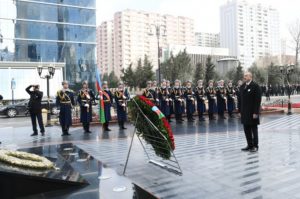 American journalist Thomas Goltz described the scene, saying, “The battered cars with wheels but without tires, piled high with rugs, pots and pans, rattled… choking with exhaust gases and bending under the weight of the mattresses and the iron beds. People were trying to overtake a tractor trailer used for transportation of cotton, where grubby kids and quacking ducks sat among the dumped in a pile of clothes. Usually there were men at the end of the column, who either rode the donkeys, or led the mules pulling carts. Barefoot shepherds were driving frightened sheep, cows and calves, who tried to get under the wheels of a passing truck, to the other side of the road.”
American journalist Thomas Goltz described the scene, saying, “The battered cars with wheels but without tires, piled high with rugs, pots and pans, rattled… choking with exhaust gases and bending under the weight of the mattresses and the iron beds. People were trying to overtake a tractor trailer used for transportation of cotton, where grubby kids and quacking ducks sat among the dumped in a pile of clothes. Usually there were men at the end of the column, who either rode the donkeys, or led the mules pulling carts. Barefoot shepherds were driving frightened sheep, cows and calves, who tried to get under the wheels of a passing truck, to the other side of the road.”
The exile of the Azerbaijani refugees from their land was one of the largest in Europe since World War II. The Land of Fire and its people were at the entryway of hell. They were betrayed, cheated and abandoned.
Khojaly was the next stage of the capture and ethnic cleansing of Azerbaijani territories, creating panic and fear of shocking brutality. This barbaric cruelty toward innocent children, women and old people has no explanation.
The successors of Armenian fascists Dro and Nzhdeh are incumbent Sargsyan and Ohanyan, both of whom committed the bloody massacre in the Azerbaijani town of Khojaly in the late 20th century. There are many materials and video documents as well as testimonies provided by witnesses, which confirm the participation of the above-mentioned former high-ranking officials of the Republic of Armenia in the Khojaly massacre.
Also Read: Boycotting Israeli-Affiliated Products: A Moral Stance and a Form of Supporting Justice
Unlike the Nazis who tried to hide their crimes, some of these individuals gave interviews to the foreign media. There they justified and boasted of their barbarous criminal acts against Azerbaijanis in Khojaly. Sargsyan’s words say it all: “Before Khojaly, the Azerbaijanis thought that the Armenians were people who could not raise their hand against the civilian population. We were able to break that stereotype.”
The bloody act of genocide – which was committed with incredible brutality and barbarism in Khojaly – is one of the most horrible tragedies of the late 20th century.
Cruel and merciless scenes of that massacre will remain a scar in the hearts of Azerbaijanis. This is a tragedy for innocent Azerbaijanis, whose lives were cut short because of the massacre perpetrated by the Armenian armed forces. Those who committed this terrible crime against humanity have not been prosecuted by international courts and remained unpunished. Unlike World War II, when the majority of the Nazis faced the international court at the Nuremberg trial, ideologues and executors of the mass slaughter live freely in the modern Republic of Armenia.
We demand Justice for Khojaly!
Also Read: 77 Years Since Nakba, Palestinian Population Grows Tenfold
(AK/R1/P2)
Mi’raj News Agency (MINA)
Also Read: Indonesia Must Do More Than Evacuate, Gaza Needs Us to Act Now





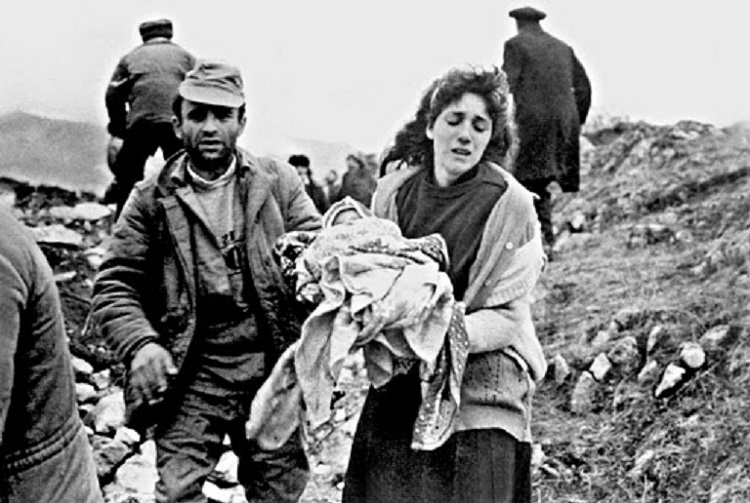


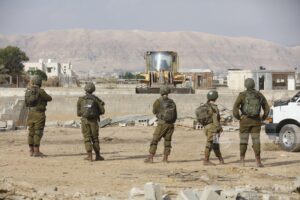
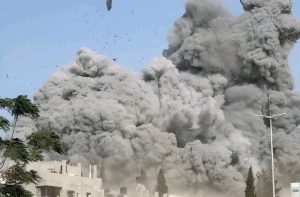

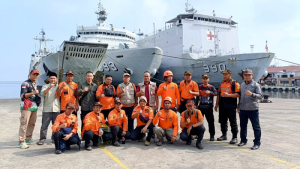
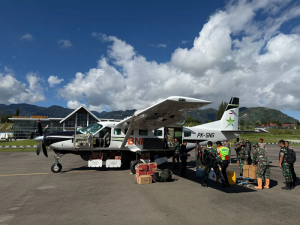
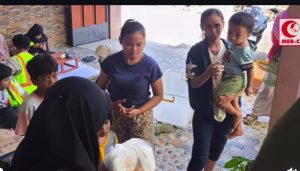
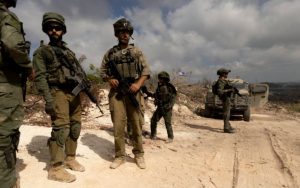
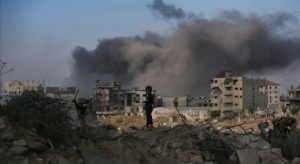
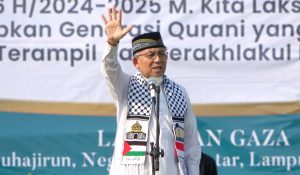
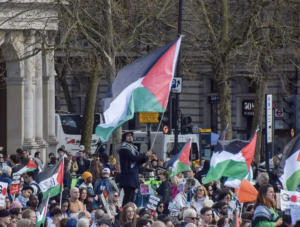
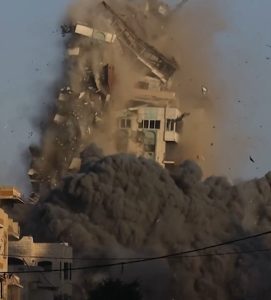
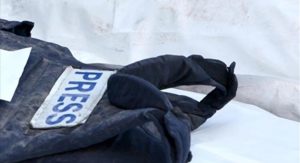





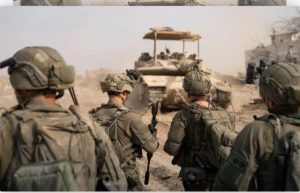
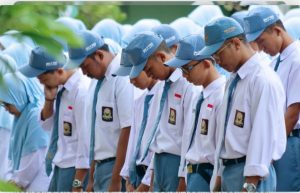
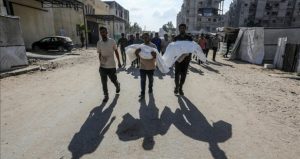

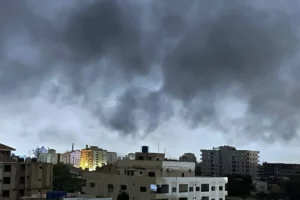




 Mina Indonesia
Mina Indonesia Mina Arabic
Mina Arabic